THE PROCESS OF MAKING THE LACQUERWARE
The art of lacquerware Hanoia strives to tell stories honouring skillful and passionate Vietnamese artisans. They are considered “treasures” of Vietnamese lacquerware, or “living handbooks” of ancient techniques.
Vietnamese lacquer art is an extremely labour – intensive and time – consuming work. Every Vietnamese lacquerware has to go through 20 stages not less than 100 days regardless of if it is a large picture or just some small pieces.
1. Shape
The first step of lacquering is to make shape, either from wood, MDF or fiber-board. The artisans will carefully check the quality of the shape to ensure there isn’t any cracks or indentations. They will then cover the shape with a coat of resin for protection’s purpose.
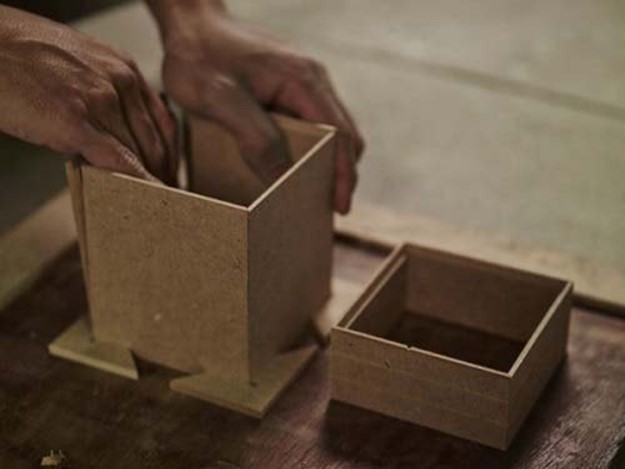

2.Hom/ Applying lacquer
The artisans will continue applying a thick layer of mixture made of natural lacquer, fine ground mountain rock, sawdust and alluvial soil on the product. It will also be covered with fine cotton gauze to ensure there will be no cracking in dry and cold weather.
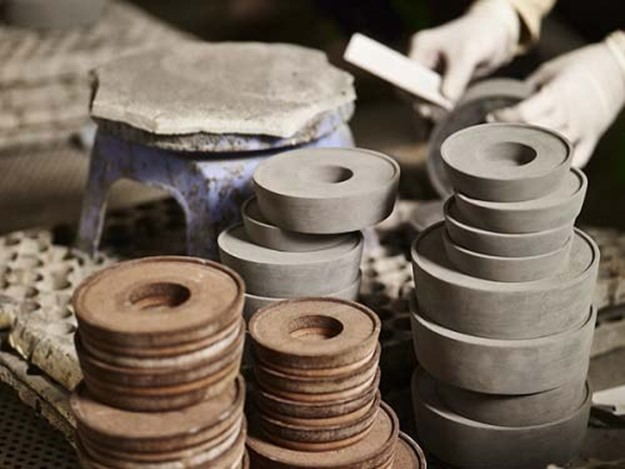

3.Lining
When this above mixture is dry, the artisans will cover the product with a layer of natural lacquer. It will be then sanded under the water to make it flat and smooth before being laid with one more layer of mixed lacquer.
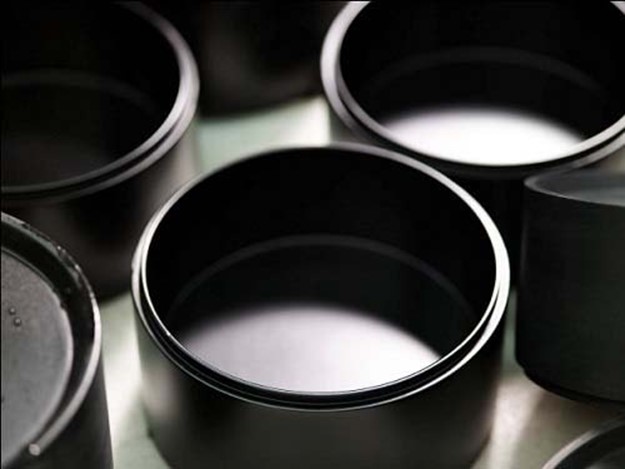

3.1.Eggshell inlay
After applying 6 to 8 layers of lacquer on the product, the artisans will start decorating the product. Eggshell inlay on lacquered wood is a difficult technique, which requires skills, meditative attention and an eye for detail in order to achieve consistency and a flow of movement in the pattern.
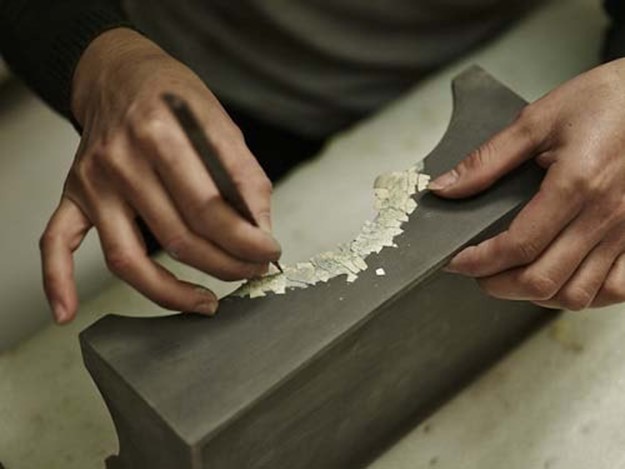

3.2 Water sanding
The artisans will apply a mixture of natural lacquer on the product, except the pattern area which will be covered with pure lacquer. After being dry, the product will be sanded under water. This step will be repeated several times continuously.
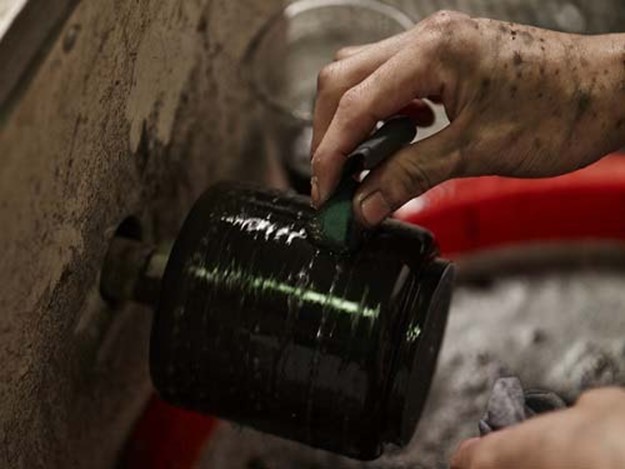

4. Gold/silver leaf lacquer
Gold/ silver leaf lacquer has a history that dates back thousands of years. The skills and techniques require continual care, focus and craftsmanship because with a thinness of only o.1 micron, the gold/ silver leaf is the result of a truly exquisite work of art.
The artisans carefully place a sheet of gold/silver over the pattern’s area and press on well using the broad hair brush. They proceed bit by bit until the whole area is covered with gold/silver. A harder bristle brush will then be used to sweep any excess metal leaf off the pattern’s area


5. Colouring
The artisans paint the surface of the product. This work is carried out with great care to ensure a smooth and flat painted surface.
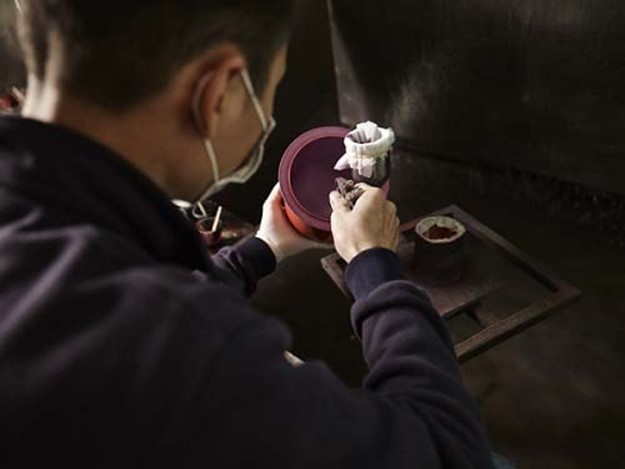

6. Colour sanding
Colour sanding is a special kind of wet sanding which combined with other steps, can produce that mirror like show the product finish.
The paint is applied by brush, of course leaving brush marks and lines. Colour sanding helps to remove all these marks and make the product’s surface shinier.
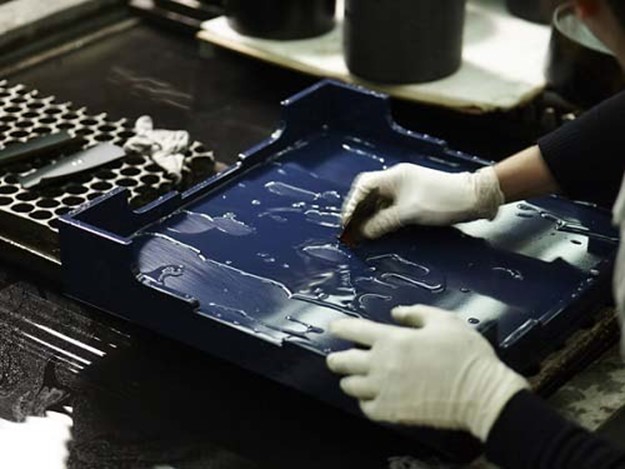

7. Hand painting and engraving
Lacquer engraving is an ancient technique originated from China, mastered then by Vietnamese lacquer artisans. After the polishing step, the pattern is carved and coloured on the lacquer background
Lacquer hand-painting is a special technique that requires a meticulous care. The base design is stenciled in and the details are painted by hand, which makes every product an original piece. The vivid and sophisticated pattern on the vase “Nuit au Jardin” is inspired by poetic and stunning nature of Việt Nam. The artisan spent 30 hours to complete the hand-painting process.
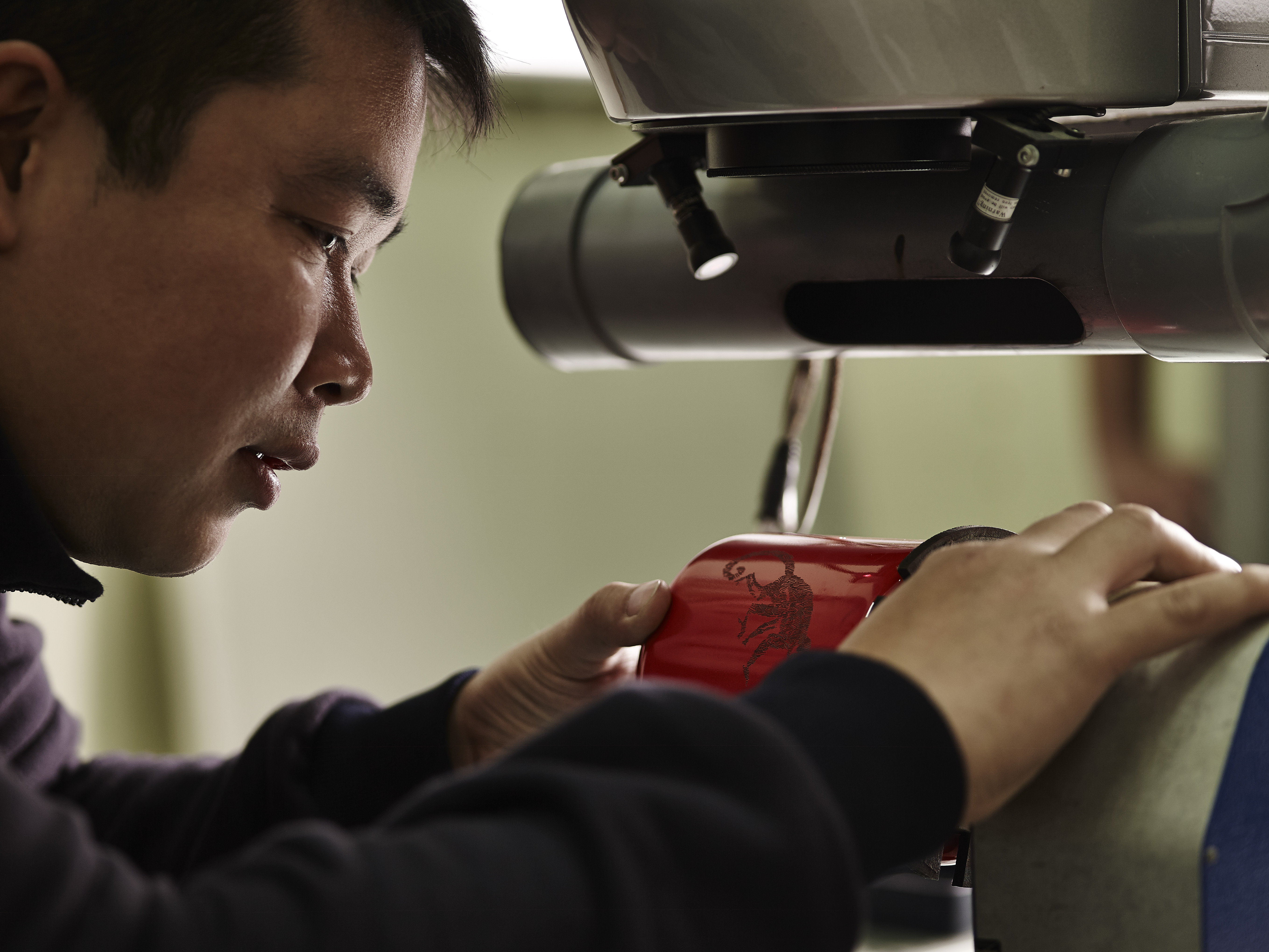

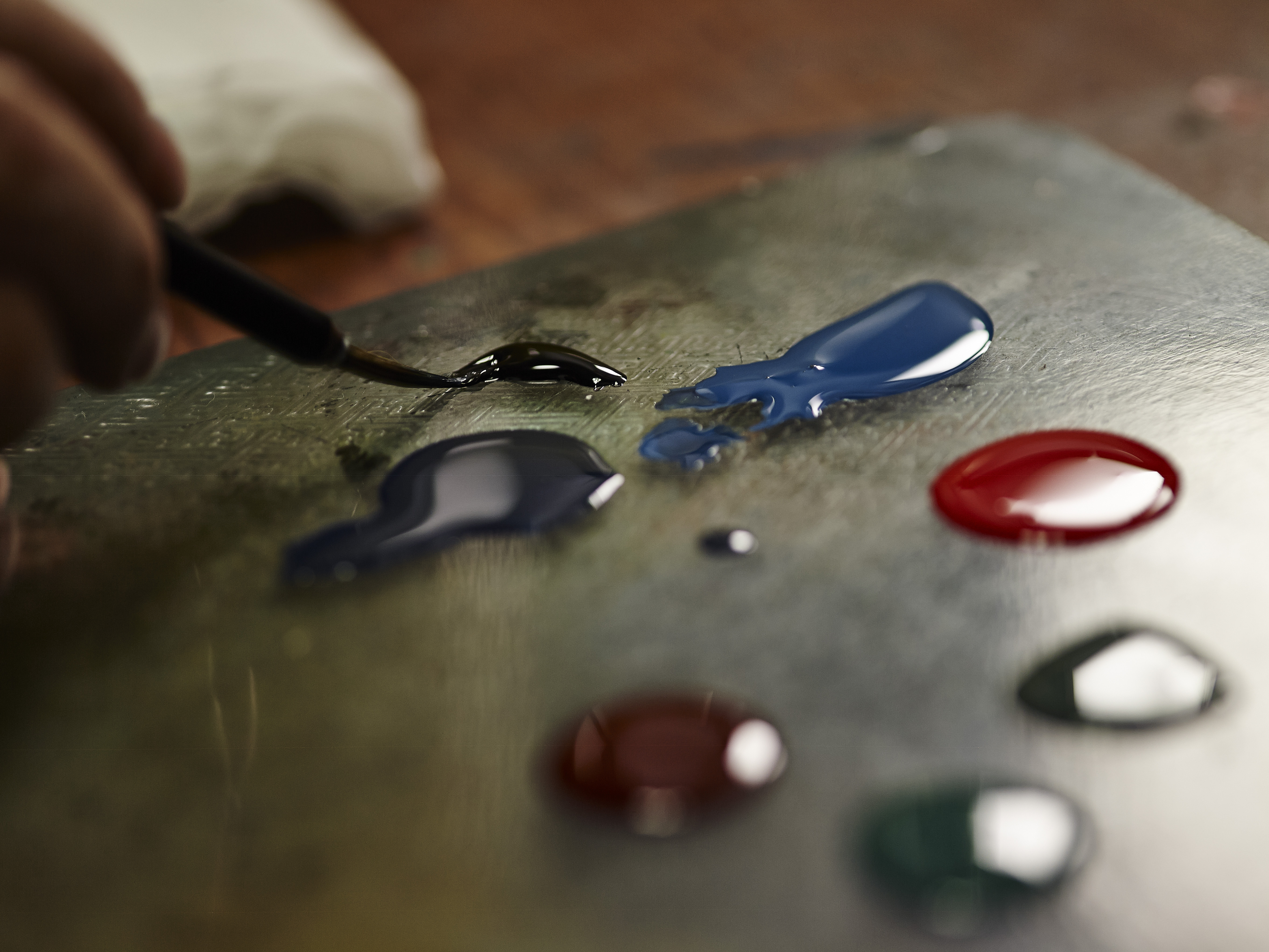

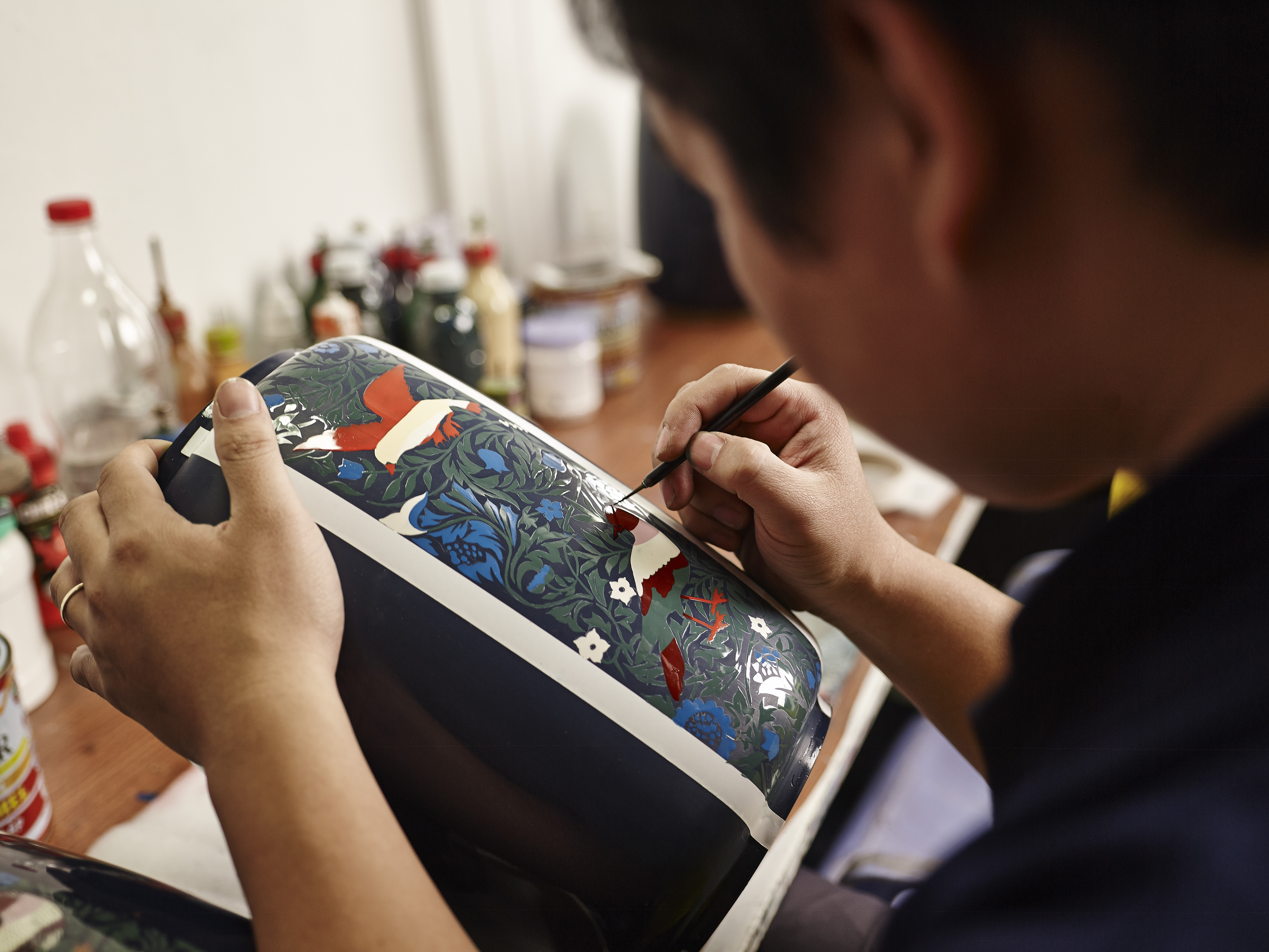

8. Brilliant or matte finish
Brilliant or matte finish on lacquered wood helps the product’s surface not to be affected by other elements such as smudges and fingerprints and the whole surface has a fashionable and contemporary look.
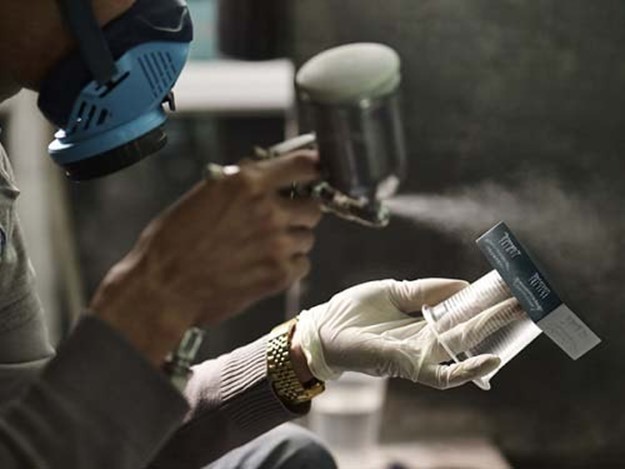

9. Sanding
The product is meticulously sanded by hand to enhance the delicate beauty of the decorative patterns
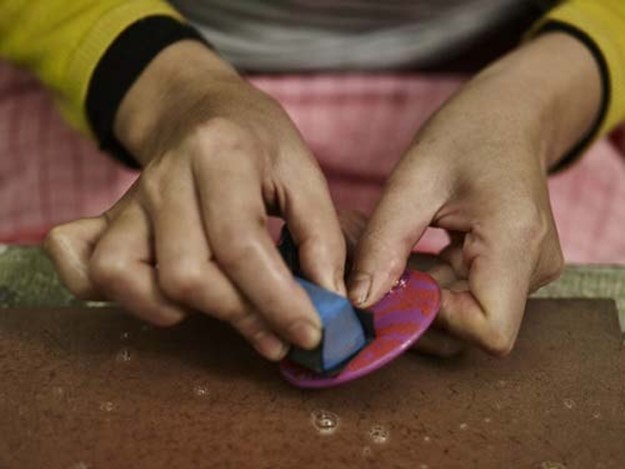

10. Polishing
The more the product is shiny, the more its colour becomes deep and miraculous. Therefore, this final polishing step decides the quality of each lacquer piece.
Rubbing out is nothing more than abrading the surface until it’s nice and smooth. The artisans will take the product to a high enough grit and be polishing the surface to a super high gloss.




11.QC / Quality control
Extreme quality is deeply rooted into the core values of Hanoia. Therefore, the process of its stringent quality control would match the procedures in the most sophisticated industries.
The smile shines on the face of lacquer’s artisan. For her, lacquer remains her source of passion and each lacquer piece is worth a gift of time.
Bạn cũng có thể thích




 EN
EN  VN
VN